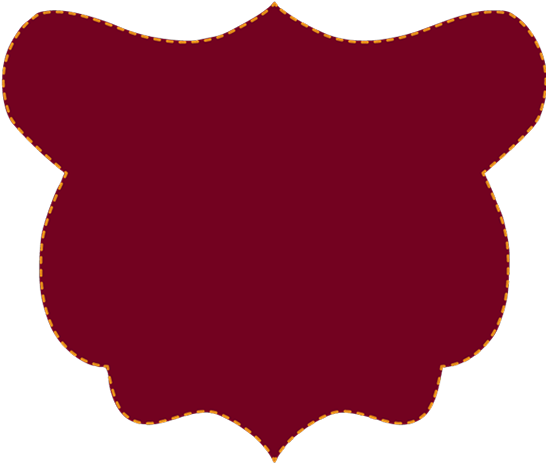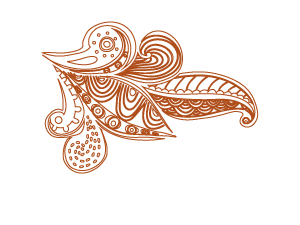






“His presence added a sense of history…”
“A master of the sitar…”
- The Star Herald, USA
“…Indian music at its top level…”
“Mr. Khan’s sitar and tabla magic…was barely stoppable.”
- The Stroestring in Pacem, USA
“...star in the world of classical music…”
“…the thunderous ovation never ceased throughout his performance…”
- The Chandigarh Tribune, INDIA
“Virtuoso…Classical purity…Astonishing individuality…”
“…intellectual and poetic…”
“Creator as well as performer…”
- Washington Post, USA
“…the rhythmic complexity of the music…enthralled the audience.”
- Cork Examiner, IRELAND
“The tabla…was absolutely superb.”
“…evoked spontaneous applause…”
- The Times, LONDON
“…lively performance…skillfully manages to steal the audience’s attention…”
- Bangladesh Observer
The full name of this instrument is tabla-bayan and it consists of two drums the tabla being the right hand drum and the bayan, also known as the dugga, the left. Both drum heads are made of goatskin with a paste of iron fillings and flour in the center, but the body of the bayan, the bass drum is metal, and that of the tabla being wood. The tabla is usually tuned to the tonic, dominant, or subdominant of the raga. This is done by knocking the blocks, which are held by braces on the sides of the instrument, into place.
Instrument: the tabla

Sometimes the re-tuning has to be done during a performance because fluctuations in heat and humidity will alter the setting. The tabla has a range of about one octave. First used in India during the Muslim period, the tabla is today the most popular of all the many kinds of drums in north India.
With each instrument, assiduous practice is necessary in order to develop the strength and technique to control the intonation and quality of the notes produced from them. Mastership over any instrument requires years of intensive and continuous practice (riyaz) and training (talim). This is a lifelong process for the true Ustads and Pandits.
